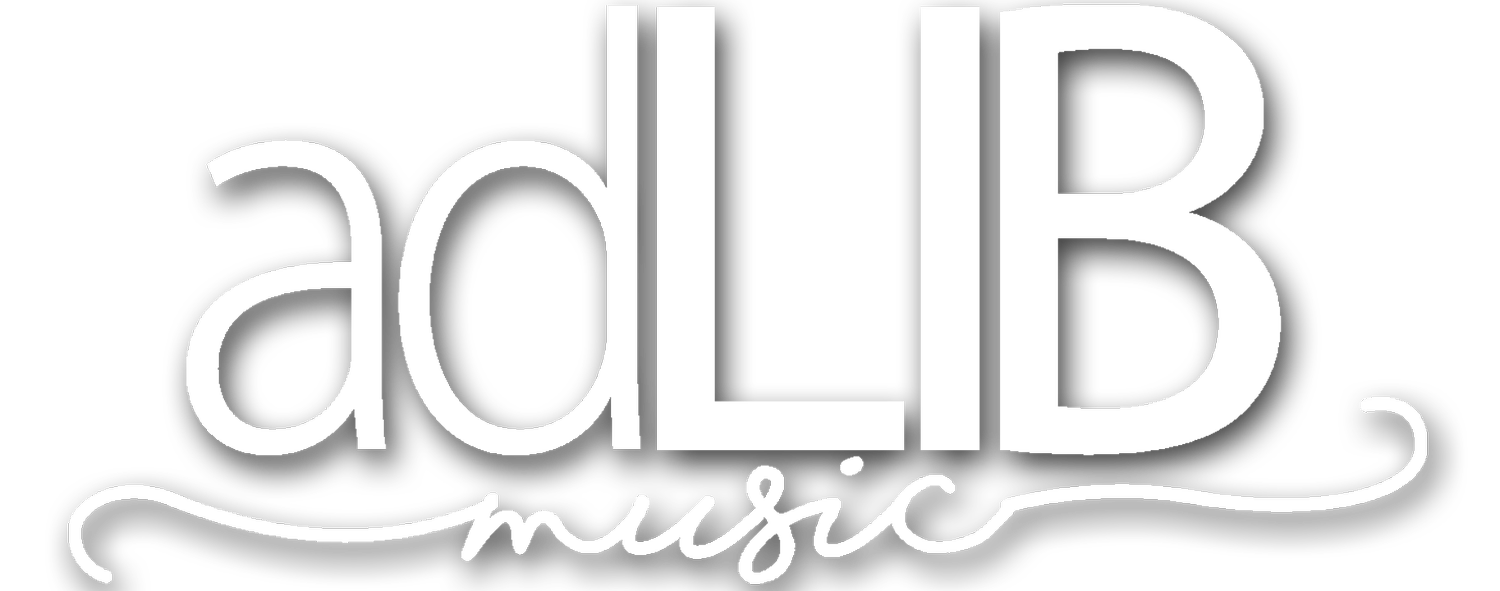How I Create Chord Charts
Welcome to week five of the 10-week series on how each of the Five Faders thinks about the tasks we all need to accomplish. You can read the overview here.
If you’ve ever traveled to another country and have seen things translated into your language, you get it. We’ve seen the funniest things. Whether they used google translate, asked a friend “who knows English well,” or flipped through their English/Spanish dictionary, all kinds of things have gotten lost in translation.
Chord charts are translations of the songs. Sections are identified, chord progressions are defined, and flow is outlined. You’ve probably seen illegible copies, wrong chords, ad-libs written out, or, my favorite, the entire song transposed by crossing off every chord and writing the new one next to it. What is this, 1992?
Here is what each Fader thinks when creating the all-important chord chart.
Artist.
I listen to seven to ten arrangements, pick the best one, and create the chart from scratch. It must include all the nuances via accurate chords, such as Gmaj7, Gsus (the Holy Chord), G/B, or the GOAT: G6. Now, I want to be precise, but I certainly don’t write every repeated section out to create drones out of musicians. I want the team to grasp each section as they interpret it, knowing we may responsively make changes as we go through the song. Music is alive and must be allowed to grow and adapt.
Shepherd.
I pull it in from SongSelect and put our team logo on it. I’ve set up accounts for the team to be able to pull new songs on their own. It’s the format they’re used to. It’s simple and consistent.
Priest.
Rather than listing each repeat and section, I only list each part (intro, chorus, bridge, etc.) so we keep the arrangement flexible and responsive. I want the team to grasp each section as they interpret it, knowing we may responsively make changes as we go through the song, listening to the small nudgings of the Spirit.
Educator.
I assign Fred to add Music Director notes, so the team learns how to play with dynamics (while developing Fred’s leadership). We discuss these notes before ever playing the songs together, which allows for learning to happen differently than when you’re playing. The process engages and strengthens our minds and teaches us to communicate nonverbally with each other once we start playing. I make sure to match the chart I make myself with the original recording we’re following.
Producer.
I have PCO and PraiseCharts linked, so when I create the song in PCO, it automatically imports the chart, and I modify it to our needs for that week. I like to do most of my creative work in the planning stage, so I’ll list everything out so the team can follow the chart from beginning to end.
Next week’s lesson: how to prepare for rehearsal.
-Dave Helmuth
(purchase my book, "Worship Fertilizer: (the first hundred)" HERE)
How I Create Chord Charts (Nº 326)

